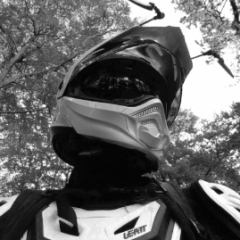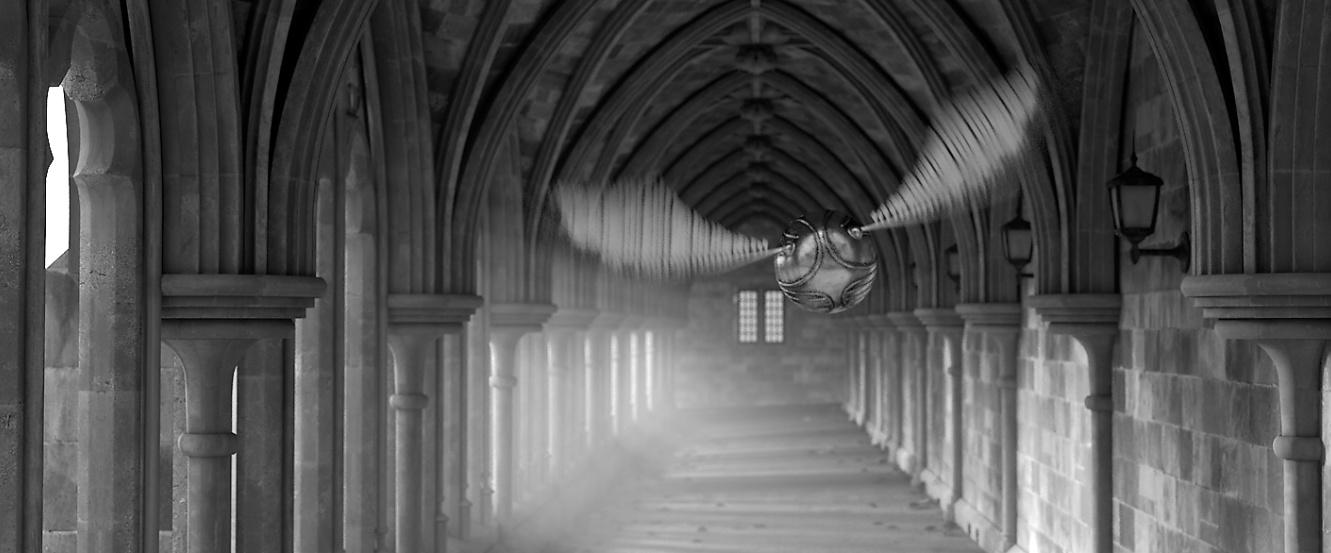-
Posts
17,957 -
Joined
-
Days Won
733
Content Type
Profiles
Blogs
Forums
Gallery
Pipeline Tools
3D Wiki
Plugin List
Store
Downloads
Everything posted by Cerbera
-
Then I am afraid the phrase 'shit out of luck' might apply here, at least as far as out of the box tools go ! There will invariably be scripted or Xpresso ways to achieve it but those are a bit outside my wheelhouse so I am not best person to advise on those... I agree there should be a way to easily do that though, and don't think I am missing any existing ways (geo axis node no good either for same reason) and you'd think it could be relatively simply achieved with the addition of a 'leave' checkbox or 3 in the main Axis Centre dialogue, the selection of which greys out the slider, a bit like we do in Set Point Value at the moment. I'll suggest that on your behalf if you like... CBR
-

Switching from Camera view to Default Camera view.
Cerbera replied to Pistol Pete's topic in Cinema 4D
Very odd. I have not come across that myself, so far. Is it reproduceable at all ? ie can you provide a scene file that reliably demonstrates the behaviour or is it just something that randomly happens sometimes ? CBR -
For instances where you need to change only 1 axis and are not centring it on the model, then Axis Mode and co-ordinates manager makes more sense than Axis centre dialogue. As you say, that evaluates all axes, which is not what you want here. CBR
-
I can sort of understand why that might happen, but it's not helpful behaviour; if the segments are the same in both cylinders they should align regardless of segmentation being even or not. That's what everyone'll expect to happen. Also a regression, as this doesn't happen in 2023.x.x.. anyway - I reported it, and thanks for sharing. CBR
-

Modeling connecting pipes without subdivision surface
Cerbera replied to Pistol Pete's topic in Cinema 4D
No no, we shouldn't have to effectively disable phong (angle =>180) to avoid those issues, or resort to alternative phong modes for that matter... The reason they appear initially might be to do with using boolean operations / single object in the creation of the union between the 2 shapes, or because there are no loops along the lengths of the cylinders to clearly tell the phong tag what to do. But optimizing the mesh after collapsing a boole, and bevelling the intersections with a fair amount of segments should negate that and result in perfect smoothness everywhere with what I would describe as 'regular phong settings', thusly... So in summary, a few ways to get this done with no SDS. 1. Boole Union, then optimize and bevel intersection edges. 2. 45 degree cuts (line cut / angle snap) from centreline 3. Volume Builder Union using curve options to negate bevels 4. Any of the above + remesher stage (X + Y symmetry, hard edge selection etc) CBR -

Modeling connecting pipes without subdivision surface
Cerbera replied to Pistol Pete's topic in Cinema 4D
Technique is exactly the same as doing it with SDS except you need very high polycounts and bevels instead of control loops. CBR -
Yep, neither of those can have additional windows. I guess it was thought that only Attributes and OM really needed that ability. I can't honestly say I have ever needed more than those 2 to have additional managers myself. CBR
-

Quick question regarding: Project Information - Polygon counts
Cerbera replied to Pistol Pete's topic in Cinema 4D
Generated polys, as opposed to physical ones, such as the ones added by for example SDS, or sweeps / lathes / extrudes etc etc... CBR -
The problem isn't motion blur not appearing - it's that it breaks the physics of the bullet simulation about half way through the cached animation, where half the cubes suddenly start flying in a straight line and not reacting to gravity. CBR
- 7 replies
-
1
-
- Simulation
- Animation
-
(and 1 more)
Tagged with:
-

C4D | Vertices are moved to object position whenever undoing an action
Cerbera replied to Benno Yeman's topic in Cinema 4D
I can submit it for you if I can replicate the issue on my system. Quite a busy day for me today so wont' get to it til later, but will certainly have a look and try and recreate the issue when I get a minute... CBR -

C4D | Vertices are moved to object position whenever undoing an action
Cerbera replied to Benno Yeman's topic in Cinema 4D
That is very odd behaviour, and especially curious that a) it only started a few days ago, and b) that it happens 70% of the time you undo. I can't imagine what could be going wrong there - if this was a problem intrinsic to 2024.2.0 we would have heard about thousands of cases of it it by now, and I'm pretty sure I haven't come across this before... Either way, it is going to be almost impossible to investigate unless we have a scene file that demonstrates the problem. Can you upload one, and more importantly have you done a support ticket to Maxon about this and sent them a problem scene ? - it is them who really need to see that happen... CBR -
Well that's very odd. I don't know why that is, but concur it is the case, and I don't think I have seen it before, so have reported it. Have you done a support ticket yet ? CBR
- 7 replies
-
- Simulation
- Animation
-
(and 1 more)
Tagged with:
-
Nope. But there is VAMP which can be used to transfer UVs between meshes of radically different points counts and orders. 2024.x.x includes a new evaluation method, Nearest Polygon, which is pretty effective. CBR
-
Yep, came here to say that, by which I also mean no 🙂 It has been discussed over the years. As I recall, about half the people want it like it is, and the other half are like you, wanting layouts saved with scene ! And the people who don't want it have good reasons - a lot of artists want to work with their own toolsets and layouts regardless of the job, although of course they could switch straight back with no effort. For example, say you send me a scene with your perfect viewport setup in it - well that's all very nice, but where the hell are the tools and plugin shortcuts I need to do the job ? Back in my custom / startup layout - that's where ! Perhaps there could be an option in prefs at some point in the future, to offer the choice and make everyone happy ! But at the moment, all layouts call from the layouts folder of the destination machine, so until that changes even if you include an .l4d in the file the user will have to manually put it in the correct place under user data. CBR
-
I get more than my fair share of crashes as I am usually working with betas, but that kinda makes my experience not typical. But I get occasional display crashes regardless of which version I use, which I mostly blame Windows / Nvidia for. In recent versions if the display driver falls over I usually get a chance to save the file, so that takes the curse off it somewhat... Last best, most stable, crash-free version for me was probably 2023.1.2, before everything got moved to the new core in 2024, and if I have to model something very quickly, where my space mouse isn't buggy, that's where I go back to for a largely crash free time and my fastest modellings... I guess that might be a reason why there are more crashes since the core shift - it was a fairly major change. All crash reports are valuable and looked at, and if you'd like a response you can always follow them up with a support ticket, where they may be able to offer more information / insight into what may be the problem. Do your crashes happen when you do a particular thing, or are they just general random weird ones ? And are they just display freezes, where menus still work, or does the whole app go down ? CBR
-
Dammit, I always forget that way 🙂 Yes, that is still a thing, and much less faff than mesh deformer ! CBR
-
Mesh deformer usually, using a low poly proxy cage you build around each link of your model... CBR
-
If you use a simulation scene object rather than the default back-end one, then that, (together with all the forces and sim tags it contains) can be disabled globally using its green tick and keyframed via the enabled checkbox button under Basic... CBR
-
You should still have the various options, Tiny-Huge, but they are under Scene (previously called Project) Settings, under Display section. Or you can set it to custom to set both limits. CBR

